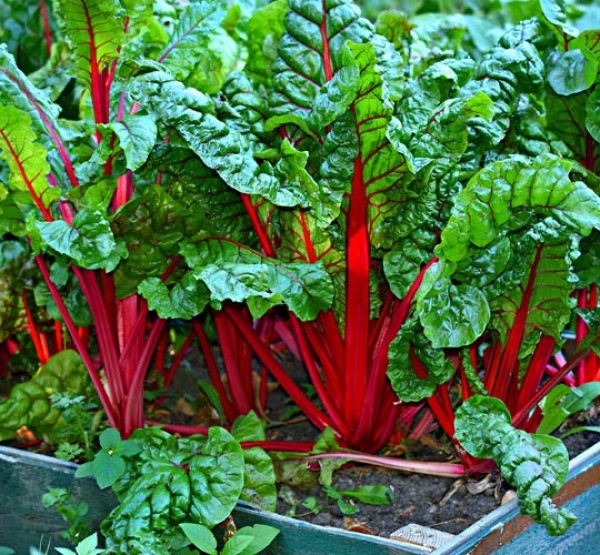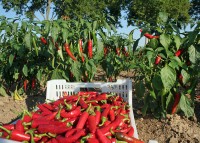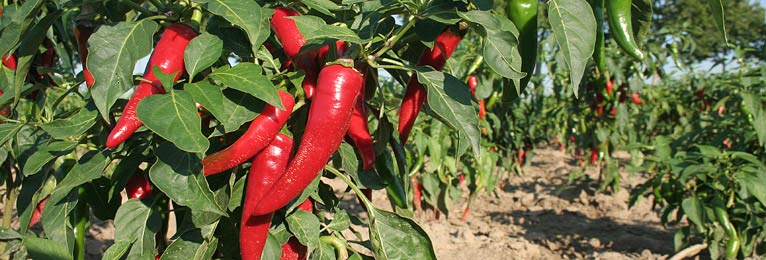
Growing Swiss Chard
Swiss Chard - tasty and decorative
Swiss chard is a little-known but very worthwhile vegetable to grow and is also suitable for beginners. It is robust and fairly easy to grow both in the garden and in containers. The large, thick, ruffled leaves grow from a crown at the base of the plant and come in a multitude of colors such as orange, yellow, red and white, with contrasting ribs and veining. As a biennial plant, it provides the delicious leaves for a long time and even into winter and they keep growing as you harvest individual leaves.
Location
Swiss chard prefers a sunny location, but will also cope with partial shade. Four to six hours of direct sunlight ist ideal. It needs a deep, loose soil, which is best improved with compost or horn meal.
It is important to grow swiss chard or a related vegetable such as spinach, beetroot or turnips only every four years in the same location.
Sowing
You can sow chard directly outdoors from mid-April or about two weeks before your projected last spring frost date. Alternatively, you can get a head start by starting seeds indoors roughly three to four weeks earlier and planting the seedlings outdoors after all danger of frost has passed. The distance of the plants should be between 30 and 40 cm. You can remove young plants that are too close together, leaving the strongest ones standing. If chard is too dense, the stems will not develop strongly enough and may break. You can also plant seeds in the late summer about six weeks before the first fall frost for a autumn harvest.
Care
Swiss chard is quite undemanding. Keep the soil evenly moist even when it is dry weather, but not soggy. Additional fertiliser is not necessary. It is sufficient if you simply leave the weeds that have been weeded around it. Chard is winter-hardy and can take a frost for a brief period. For overwintering you can cover it with some mulch, brushwood or a fleece, then it will sprout all the earlier next spring.
Protection from pests and diseases
Good neighbours are peas, bush beans and green beans, but you should not grow tomatoes, cucumbers and spinach in the direct vicinity of chard.
Chard is relatively resistant to diseases and pests. What can occur is leaf spot disease, which can be recognised by brown spots with red edges. This can be avoided if you grow chard in mixed culture with kale. If you discover the brown spots, remove the infested leaves and dispose of them in the household waste. If the plants are too dense and also in partial shade, downy mildew can spread and form a white coating on the underside of the leaves. Here too, remove the infested leaves.
Harvesting
Most Swiss chard varieties are ready to harvest in two months. It`s best to harvest two or three leaves off the outside of each plant. If you don`t disrupt the crown it will fill back in with more leaves and you can harvest for many weeks. As chard is a biennial, it stays in the bed over winter and you can continue harvesting in early spring.
The leaves are best used fresh, chard will only keep in the fridge for a maximum of two days. Chard can also be blanched and frozen for later use, just like spinach.











